Search in blog
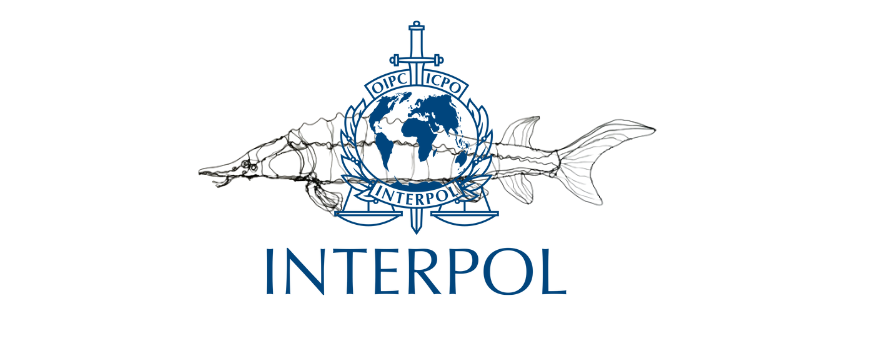
INTERPOL RESCUE STURGEON
Operation INTERPOL-WCO “Thunder 2021” seized 29 illegal shipments of caviar. Why? By fighting against the illegal trade of caviar we fight against the illegal fishing of sturgeon in order to save the species.
Sturgeon are part of the Acipenseridae family and the Acipenser family. They appear in fossils dating from the Upper Cretaceous. Native to the rivers, lakes and coasts of Eurasia and North America, they are mainly spread over the northern hemisphere. There are 27 species of which the best known are:
- Acipenser Huso-Huso (with which Beluga caviar is made)
- Acipenser Gueldenstaedtii (with which the Osciètre caviar is made)
- Acipenser Stellatus (with which Sevruga caviar is made)
- Acipenser Baerii (with which Baerii caviar is made)
This is why they can be called “Living Fossils”. Sturgeon, depending on their species, can measure up to 5 metres and live up to 100 years.
It is a potash and anadromous fish, that is to say it is born in fresh water then lives in salt water (seas & oceans) and returns in fresh water for reproduction. He has:
- - a long cartilaginous skeleton
- - a body without scales partially covered with bony plates “scutels”
- - a grey colour with more or less dark shades
- - a toothless ventral mouth and barbillons upstream
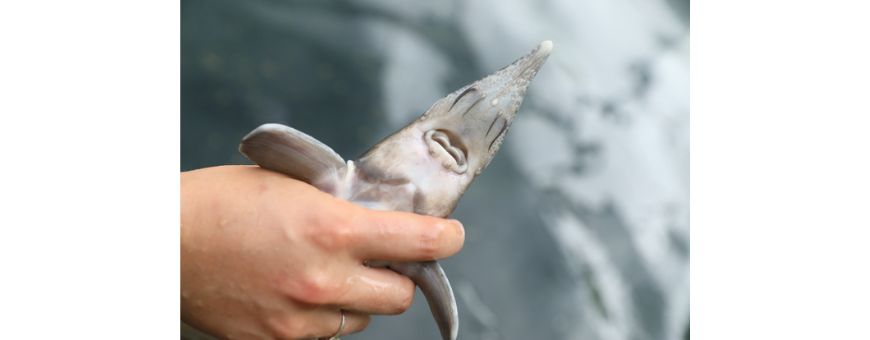
It is thanks to its barbels that it finds the benthic organisms from which it feeds. These organisms are composed of plants (depending on the depth) of molluscs and small crustaceans. They are particularly sensitive to their environment:
- depth (with variations in brightness and temperature)
- the quality of the water.
Sturgeon have no teeth, so they suck up their food.
From 1970 to 2012 the world population of sturgeon fell by 90%. For our sturgeon, the Acipenser Sturio, if the few specimens present in Nouvelle Aquitaine were to disappear, the species would be extinct.
How did we get here…. Several reasons for this: overfishing, poaching, water pollution but also the destruction of waterways and natural habitats.
Since 1998 international trade in sturgeon and caviar has been subject to CITES control. Very strict quotas were imposed for 'Wild' caviar, in 2012, of the 140 tonnes of world production 10 came from Caspian Sea Sturgeon. In 2022, 90% of the world’s caviar corresponds to caviar made with sturgeon from farmed. But the illegal trade persists which is why interventions of Interpol and other agencies are still taking place to protect the species.
You can also check with the assigned CITES number whether the company is on their list as can be our company AQUADEM which allows us to sell our Caviar Black Pearl.
WWF, TRAFFIC and IUCN are working together through a joint species protection programme, through a variety of means:
- support for the establishment of a labelling system indicating the origin and origin of caviar
- the “Sturgeons watchers” initiative set up by WWF Ukraine as part of the LIFE FOR DANUBE STURGEONS project to raise awareness about the conservation of their natural habitat.
In France, 2 groups of Sturio sturgeon (including 7 specimens born in the wild) are kept in tanks at the IRSYTEA of Bordeaux, whose association MIGADO has been in charge of breeding since 2012.
The preservation of any species, of their habitat is the concern of all even on a small scale. That is why we have banned plant health products from our farm and that you discovered some time ago in your packages a booklet to raise awareness about the pollution of micro plastics in the oceans.
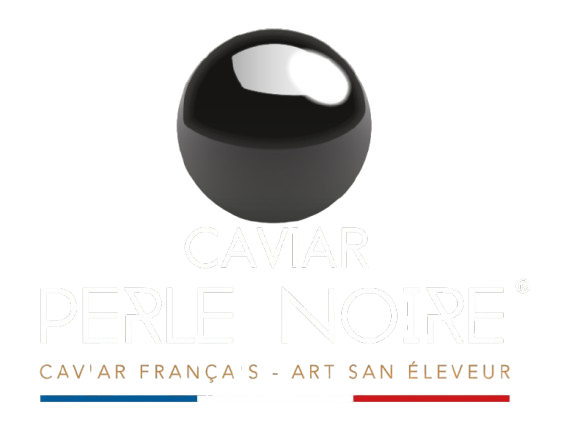

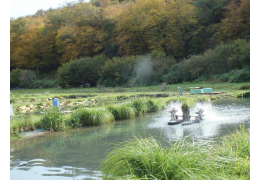
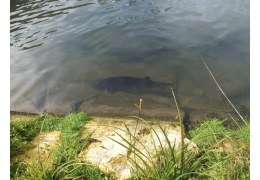
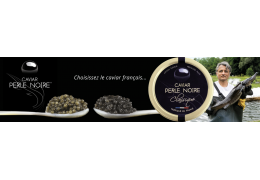
Leave a comment